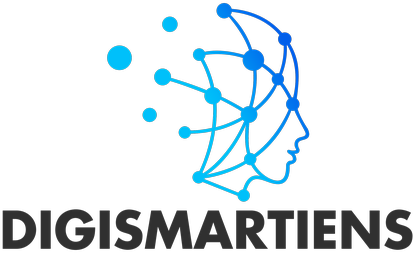
Introduction Of Bold
Dubai is taking bold steps to tackle traffic congestion, combining futuristic transport systems with smarter work and school policies. With over 3.5 million vehicles on the roads each day and vehicle registrations growing 10% in just two years — far above the global average of 2–4% — the city is rolling out a comprehensive plan to ease the pressure on its roads. Bold

Table of Contents
A New Vision for Urban Mobility
Unveiled by the Roads and Transport Authority (RTA), Dubai’s Roads and Transport Plan 2030 aims to transform how people move around the city. The plan includes four core pillars: upgrading road infrastructure, expanding public transport, implementing innovative transport policies, and rolling out smart traffic systems. Bold
Among the most forward-thinking initiatives is the exploration of suspended transport systems — a futuristic network of elevated pods traveling above the city. A 65-kilometre route connecting Umm Suqeim Street, Al Khor, and Zabeel has already been approved, offering a glimpse into what commuting in Dubai might look like in the near future. Bold
Expanding Public Transit
Dubai is also significantly expanding its public transport network. Key projects include:
- Dubai Metro’s Blue Line: A 30km line with 14 new stations, expected to be operational by September 2029.
- Dedicated bus and taxi lanes: Over 20km of new priority lanes are in development, with completion targeted between 2025 and 2027.
- Public and marine transport upgrades: Improvements across the bus system and marine routes aim to enhance capacity and reduce travel times.
These upgrades are already showing promise, with priority bus lanes expected to cut trip times by up to 59%.
Smarter Policies for Smoother Traffic
The RTA’s strategy goes beyond infrastructure — it’s about behavior change, too. Flexible work hours, remote work, and school transport reforms are central to this vision.
Studies show that allowing employees a two-hour flexible start and four to five remote workdays per month could reduce morning peak traffic by as much as 30%. Last year, the government urged both public and private sectors to embrace these models to help keep the city moving.
On the education front, encouraging parents to rely on school bus services — rather than private drop-offs — could improve traffic flow around schools by up to 13%.
Other policy tools include dynamic pricing for tolls and parking, and stricter restrictions on truck movement during peak times.
Smarter Roads, Smarter Traffic
Dubai’s infrastructure upgrade involves 39 strategic road projects. Key enhancements include:
- Latifa bint Hamdan Street (from Al Khail Road to Emirates Road)
- Hessa Street, Al Meydan Street, Al Mustaqbal Street, and Trade Centre Roundabout
- Targeted improvements along Al Wasl, Jumeirah, Umm Suqeim, Al Qudra, Al Fay, and Al Safa Roads, particularly the busy stretches between Sheikh Zayed and Al Wasl Roads
At the same time, Phase 2 of the Intelligent Traffic Systems (ITS) project is underway. Once complete, ITS will cover 100% of Dubai’s road network, enhancing everything from incident management and emergency response to traffic signal efficiency.



